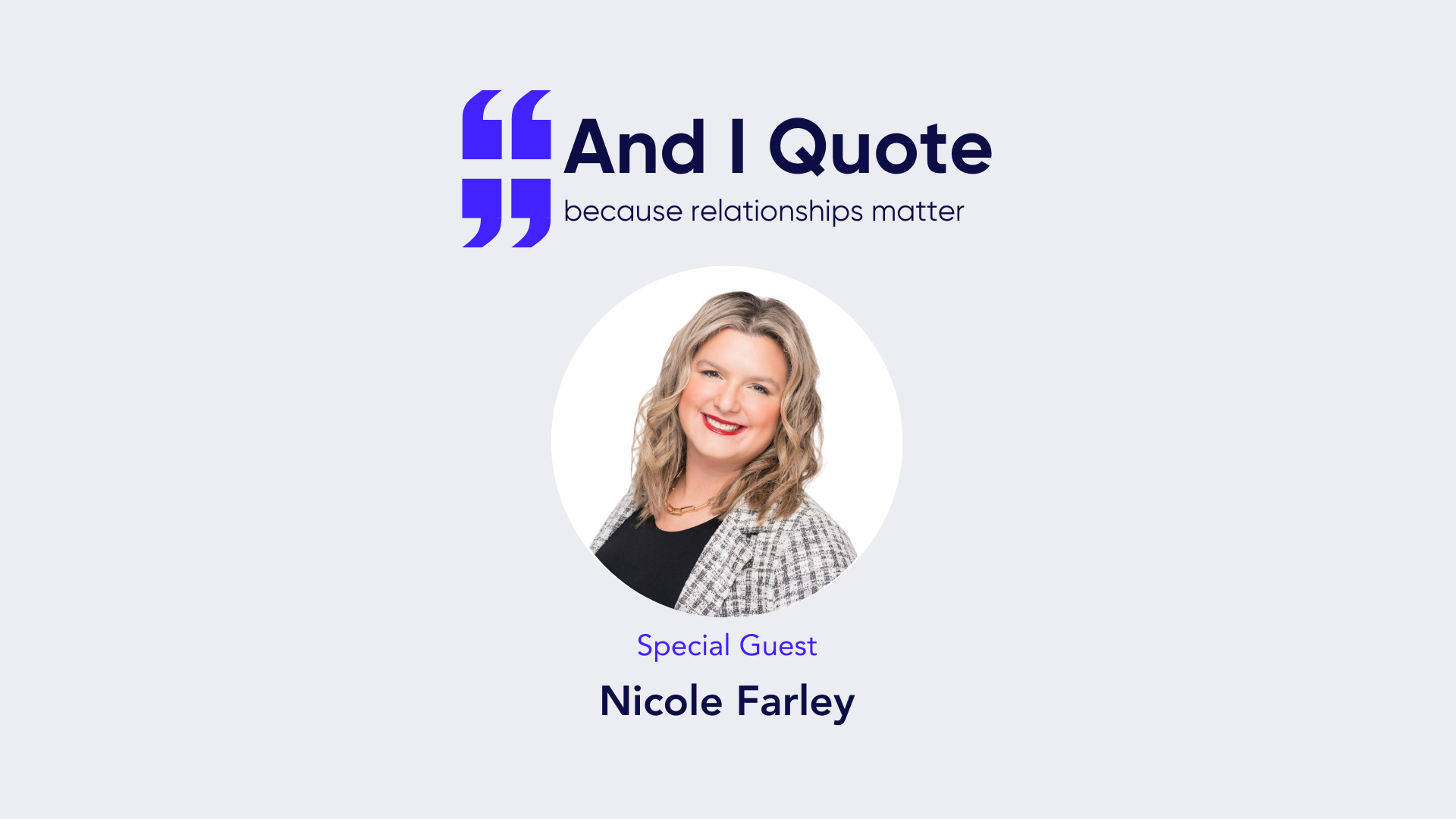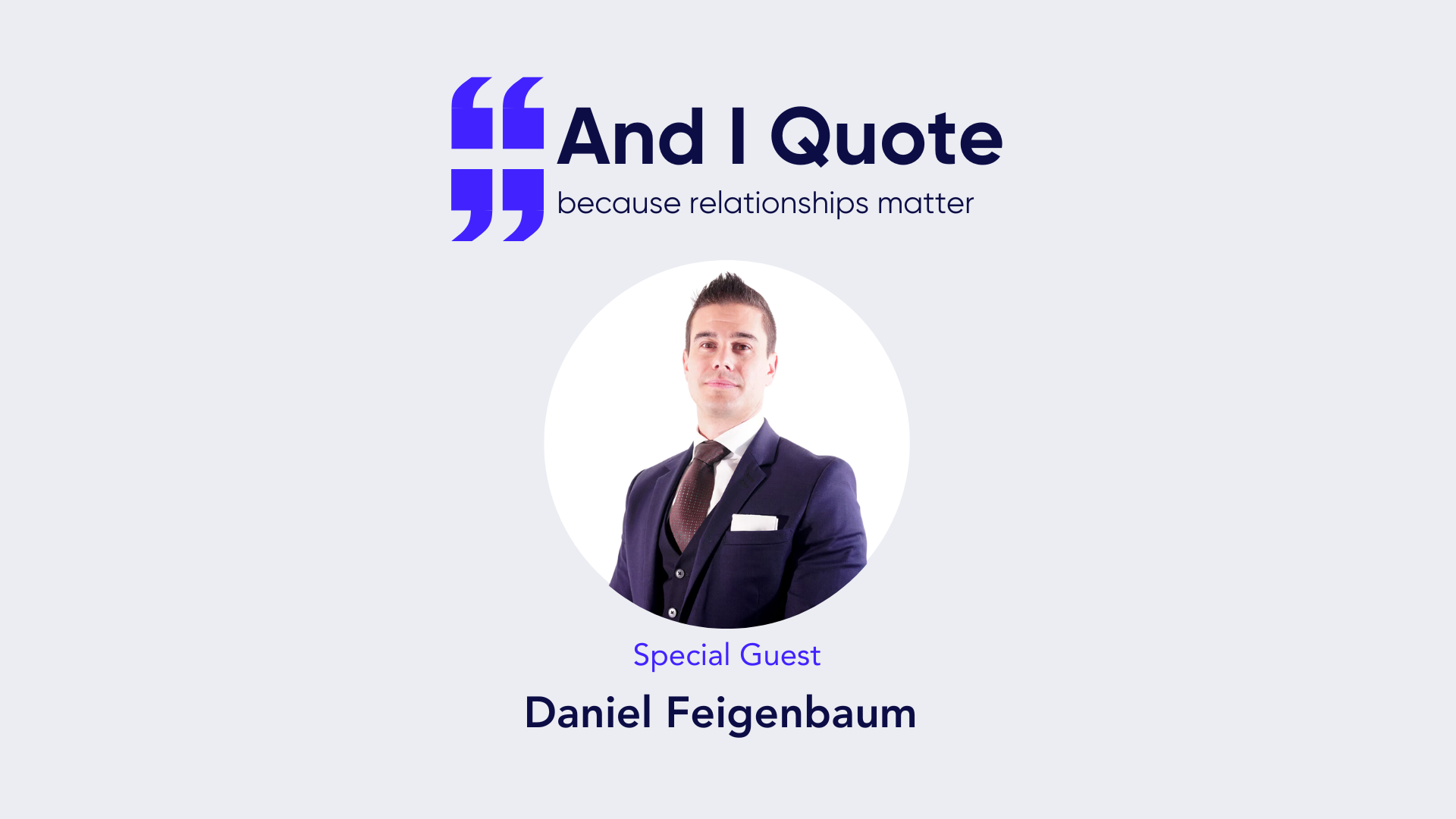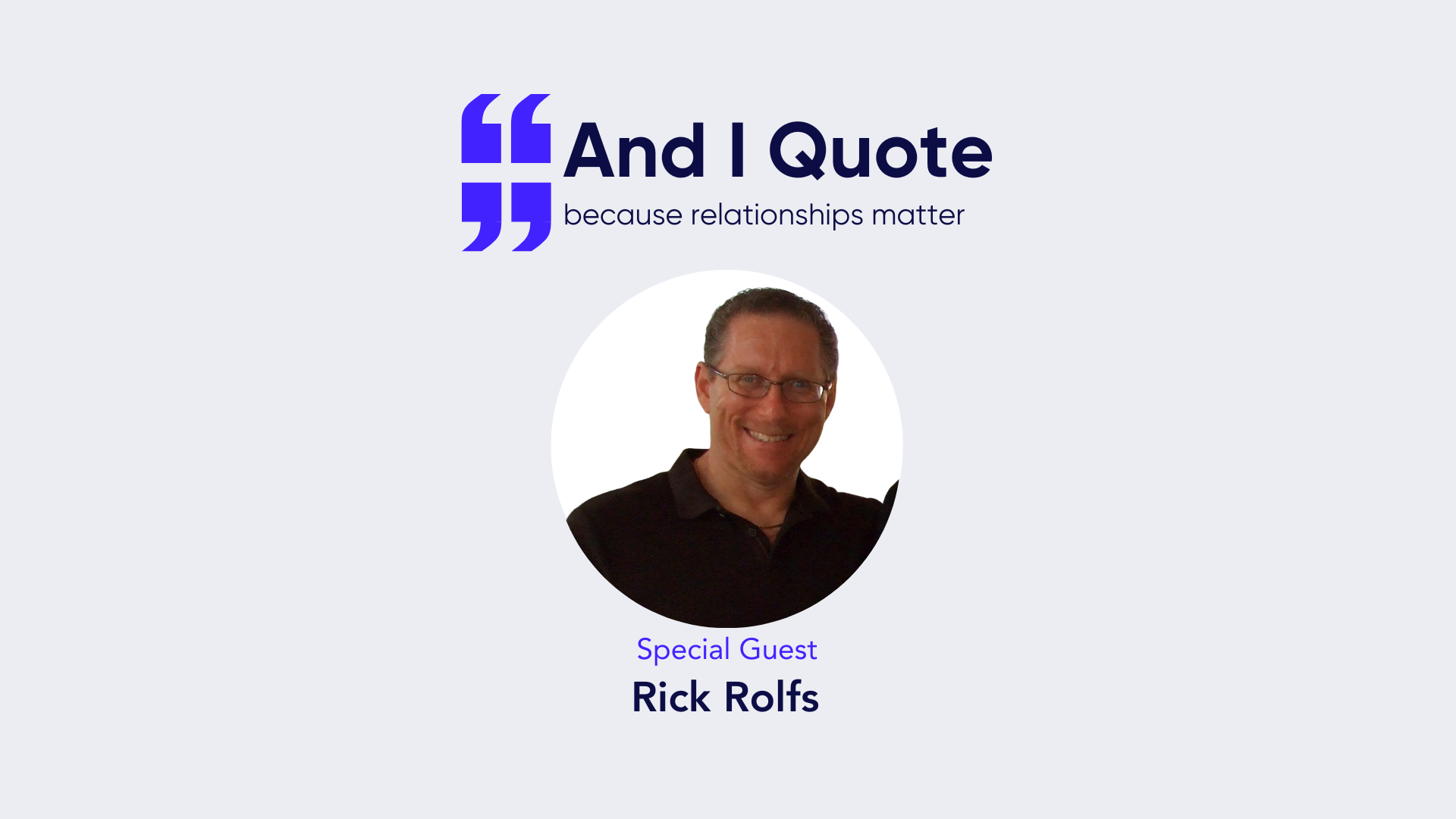Drive more traffic to your insurance agency website. Grow brand awareness and your book of business. Read on to access two downable PDFs, two videos, and an in-depth blog post on how you can drive quality traffic to your website.
Website traffic is the metric that counts how many visitors your website receives. However, even if your website is getting a lot of traffic, it doesn’t necessarily mean your traffic is converting to leads and ultimately clients. If your website isn’t giving the information your clients are looking for, they will click away and go elsewhere.
This is represented by your insurance agency’s website’s bounce rate which measures how many visitors come and then leave without taking any action such as exploring your services offered, filling out a contact form or even receiving a quote for a policy.
Continuing to improve the quality of your website is absolutely critical to outranking the competition and securing more business. Better quality traffic means you’re targeting the types of visitors you want – those looking for information about the services you provide in turn, you increase the amount of leads you receive, improve the quality of the leads, develop deeper relationships with potential clients and convert more clients into sales and grown and expand your business.
1 – Create More Content
Your insurance agency website is more than just a static advertisement. It’s a tool to be leveraged to draw visitors, answer their questions, and help them develop trust in you and your agency. By producing a steady stream of content you’re accomplishing multiple goals, such as:
- Answering visitor’s questions
- Demonstrating your expertise
- Presenting solutions to your visitors’ pain points and needs
- Humanizing your agency
- Establishing a relationship with potential clients
Content can be anything but most often comes in the form of blog posts and articles, infographics, FAQs, guides videos, and podcasts. Tap into your industry expertise to generate a steady stream of content that answers your visitors’ questions and gives your visitors a sense of who you are, what you do, and what you offer.
Work with your partners and colleagues for inspiration and assistance with the content. For example, at Coterie we publish a wealth of content that can be leveraged to populate your website with information and may also serve to provide insight and support when launching your own campaigns and marketing strategies.
2 – Create Better Content
Content is good but quality content is better. Don’t focus on publishing content for the sake of it. Not only can poorly written, overly salesy, uninformative content drive visitors away, but it looks unprofessional if it doesn’t accurately reflect your agency’s values and goals.
Put solid effort into the content you produce. Try to figure out and respond to the user’s intent. What purpose has a user clicked on your content? Provide solutions to their provide and answer their questions. Be authentic and respect their time.
Use frequent interactions to inform yourself of the content you should be producing. Are you or your colleagues often fielding the same kinds of questions? Publish a FAQ post or a blog post answering a specific question.
Have clients had issues finding the coverage they need online? Write a step-by-step guide that they can follow.
Do prospects have questions about deciding between the type of policies they should obtain for their business or do they not even know where to start? Write a blog post or film a video of yourself offering them advice and insight. Don’t neglect older content. Continually update and review content to improve it. Consider repurposing older content. A blog post can inspire a video. A podcast can be a series of blogs.
3 – Incorporate More Video Content
Not all content needs to be written. Video has become increasingly popular and shouldn’t be neglected as part of your content strategy. Video gives you the opportunity to be yourself, humanize your agency or explain concepts in a more personal and visually appealing way.
Consider creating videos that walk clients through different processes such as quoting and buying a policy, managing a policy, and more. Create explainer videos that take the complexities of small business insurance and simplify them for your clients. Highlight positive client feedback through video testimonials. Demonstrate that you understand your client’s problems and frustrations and can solve them through your team’s expertise.
Spotlight community initiatives that you’re targeting to show how you’re giving back to your community.
Creating videos allows you to take advantage of multiple marketing channels. Uploading a video to a platform like YouTube allows you to build an audience that can then be directed back to your website where other great content is available.
YouTube is also a great search engine optimization tool that can continue to drive organic traffic to your website.
4 – Don’t Neglect Social Media
In the US, over 230M people, or 70% of Americans use social media. Platforms like Facebook, Twitter, and LinkedIn allow users to share and engage with content that appeals to them, making social media a viable means of marketing to potential clients.
Fortunately, social media doesn’t require too significant of an investment in content creation. Many of the pieces of content you’ve already produced can be easily repurposed and posted on social media to: Build awareness of your agency, interact directly with your target market, increase organic shares of your content, and drive more traffic to your website.
To easily share your content on social media, create an editorial calendar. Specify what pieces of content to share on which platform at the dates and times you choose. In contrast to other marketing channels, it’s incredibly easy to build and develop relationships on social media.
Answering users’ questions and linking them to the content you produce increases the credibility of your agency to present solutions to your customers’ questions and issues to expand the reach of the content that you post and share.
5 – Improve the SEO on Every Page
SEO or search engine optimization is the concept of making a website attractive to search engines. The more optimized your website, the higher it will appear in search results for relevant keywords translating into increased traffic.
Start by using relevant keywords naturally across your website and use. Tools like Google Keyword Planner, SEMrush, and Ahrefs can help you discover what your user is searching for and how to optimize accordingly.
SEO may also be improved by properly formatting written content. Be sure to fill out each page’s metadata to improve click-through rates, search, and use proper titles and title tags in each piece of content you write.
Pay special attention to the visual presentation of everything you publish on your insurance agency website. Keep written paragraphs to 3-5 lines max. Ask a question in your content and answer it in 3-4 bullet points. Use relevant images throughout your blogs.
6 – Guest Blog – You are the Expert
As an insurance professional, you know a great deal more about insurance than the average consumer or small business owner. That expertise can be leveraged to inform visitors to other websites by writing guest blog posts on their behalf.
Consider a website geared toward HVAC professionals. The website offers a wealth of information about best practices, how to safely install equipment, and how to remain in code but lacks information about the type of insurance policies HVAC professionals would benefit from.
You could reach out to that website to provide some insight into the best insurance policies in exchange for a link back to your website.
This accomplishes two goals:
- You’re providing useful and actionable advice to the target audience of that site
- It drives qualified traffic to your website for more information or to inquire about your service
7 – Invest in Advertising
Billboards, commercials, and even signage are all types of advertising used to persuade leads to contact your agency about their insurance needs. Digital advertising or pay-per-click (PPC) is not different in its purpose. However, unlike some types of advertising, digital advertising allows you to target specific market segments based on a variety of factors like age, location, interest, buying power, and pain points. This means your ads, if constructed properly, will be shown to people with some sort of vested interest in what you’re offering.
The caveat is that you need to figure out which platforms to use like Facebook, Google Search, Instagram, LinkedIn, and keywords to use to get your ad in front of your audience. This can be an expensive and time-consuming project. Many ad agencies specialize in digital advertising and can run a campaign for you.
However, your ad is unlikely to succeed if your website content isn’t up to par. If a user follows an ad to your website and isn’t presented with any useful information, they will just drive up your bounce rate and waste your ad budget.
Conclusion
Coterie is providing you with two cheatsheets to help you drive quality traffic to your insurance agency website:
Your website is a great tool for your agency, but it needs to be more than a blank slate with an About Us and a page with contact information. Attract quality leads to your website by publishing a quality stream of content. Laying the initial foundation of this strategy takes time but it will continue to pay off as long as you stay consistent, relevant, and committed.





